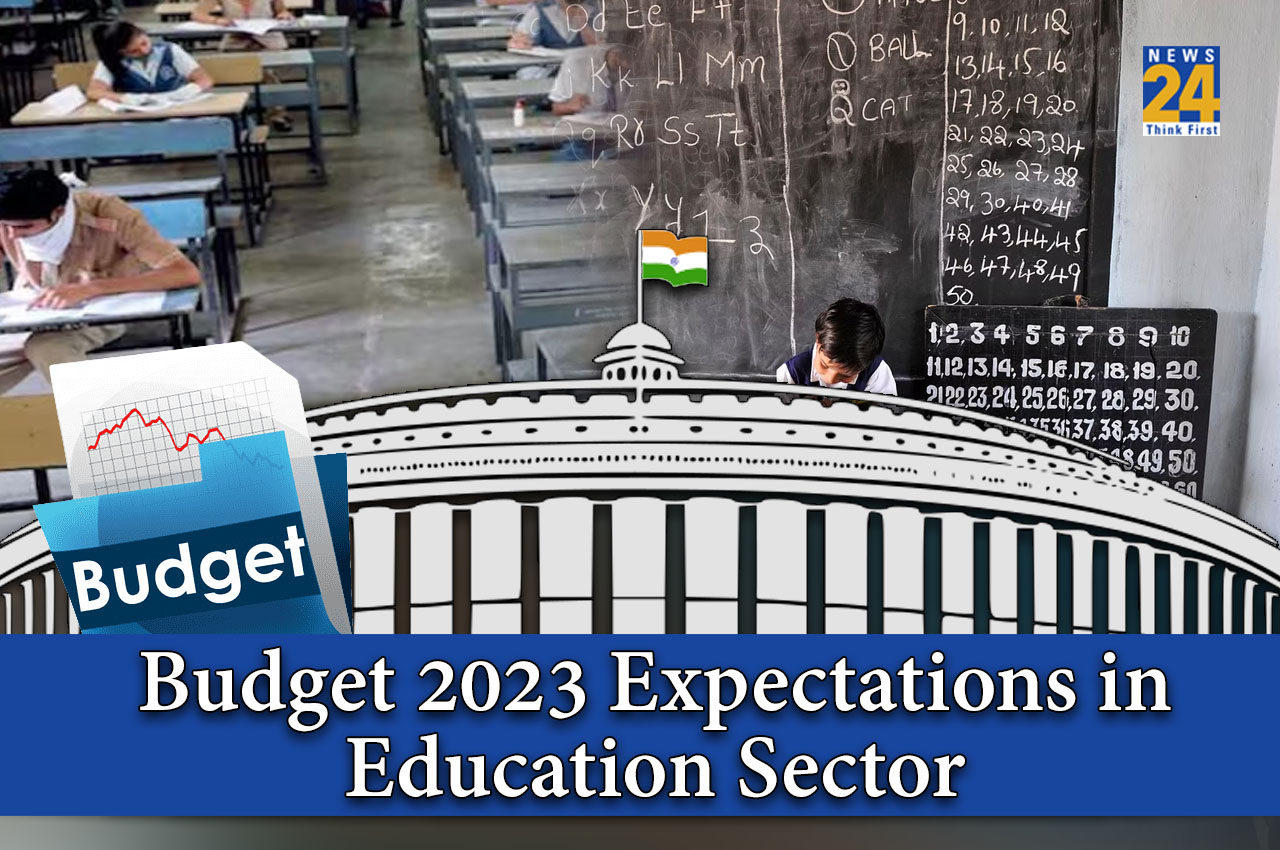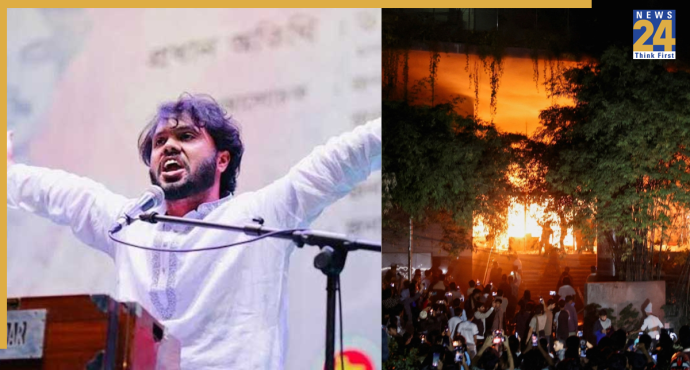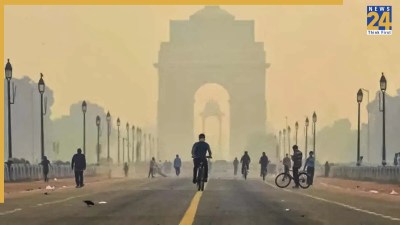Budget 2023 expectations: On February 1, Union Finance Minister Nirmala Sitharaman is scheduled to present the Union Budget for the fiscal year 2023–24. Expectations from all industries are increasing as the day draws closer. Despite numerous obstacles, the Indian economy continues to be a beacon of optimism. The Indian tiger is making progress in overcoming the current economic obstacles.
In 2022, India’s startup environment will be more developed than China’s, as evidenced by the country producing 3X as many unicorns. India is on track to emerge as a superpower soon. But it is crucial to remember that an expanding education sector is the first step in this direction. Due to India’s status as a developing country and the frequent diversion of cash, the budget for the education sector has always been small.
Also Read :-7TH PAY COMMISSION: WAIT IS OVER! BIG GOOD NEWS FOR GOVT EMPLOYEES AHEAD OF BUDGET
As a result, the pre-budget expectations for India’s education sector are as follows:
1. Increased Public Investment in Education
To generate a noteworthy rate of increase in educational achievements, the Education Commission (1964-66) proposed that at least 6% of GDP be spent on education. Public education spending should account for 6% of GDP, according to the National Education Policy, 2020 (NEP). The budget for education in India has never reached this level. It is still floating somewhere near the minimum percentage needed. The funding should be distributed by the market size and development dynamics of the education sector, which is expanding significantly. We anticipate that the forthcoming budget will pledge sufficient public spending on education to set young India on a course for unheard-of development.
2. Changes in GST related to educational benefits
Taxes are unavoidably necessary for the government to raise money, which is then utilised to give subsidies to the less fortunate groups. But to achieve the goal of raising Gross Enrolment Ratios at various levels of education, we anticipate that the government will either drastically decrease or, better still, fully eliminate the GST on educational services for a predetermined period to support sector growth.
3. Budget funding for Teacher Training and Internationalisation of Higher Education
250 crores were set out in the budget for teacher training and adult education in 2021–2022; by 2022–2023 that amount had dropped to 127 crores. Even if the budgetary funding for Smagra Shiksha Abhiyan (SSA) increased by 6000 crores in 2022–23, it was still less than in 2020–21. For the effective implementation of NEP 2020, it is therefore anticipated that teacher training and SSA will receive increased budgets this year. If pre-primary education is to be integrated with mainstream education as suggested by NEP 2020, funding must be allocated to teach Anganwadi staff to receive the best ECC (Early Childhood Care) training. The NEP also outlines several initiatives to market India as a top international study destination. This year, it is vital to take into account facilitating official agreements with renowned universities abroad to provide online and hybrid degree programmes to meet the government-set Gross Enrolment Ratio targets. As outlined in NEP 2020, we anticipate the government to provide adequate funding to encourage the internationalisation of higher education.
Also read:- GATE 2023 Exam: Check Important guidelines here
4. Digitalisation
Enrollment at higher institutions of learning can be increased with the aid of Digital Universities. The student body will gain a great deal from the education that Digital University offers in a variety of Indian languages and ICT forms. We anticipate that the Government will implement the concept of the Digital University as envisioned in its most recent budget (2022-23) to ensure that students around the nation have access to a top-notch, universal education with a customised learning experience right at their doorsteps. Startups with low-cost goals for school digitization should also be eligible for PSL advantages. These startups ought to be supported and given an easy line of credit. A dedicated budget line item should be set aside to fund the construction of AR/VR labs and robotics programmes in every school.
Tax incentives ought to be provided for the field of online education. Collaboration with the Ed-tech industry will help to advance online education, which is a positive development.
5. Schemes to foster tertiary education
With a wide base denoting enrollment in basic schools and a small apex denoting postsecondary education, India’s educational system is shaped like a pyramid. We anticipate the government to provide enough funding for enticing loan schemes and scholarships for tertiary education to significantly increase enrollment at this level of study.
6. Schemes to enhance girl education
India also struggles with gender disparity in educational achievement in addition to its tapering tertiary education system. The Indian economy’s goals for growth are harmed by this divide. The actual meaning of “Amritkaal” can only be understood if all girls and young women receive the excellent education that is their human right. To establish gender parity in schools, we expect the government to provide greater funding for girl education.
7. Allocation of funds to augment the mental health of students
Global terror and apprehension have been sparked by the COVID-19 pandemic and lockdown. Children and adolescents may experience short-term as well as long-term psychosocial and mental health effects as a result of this phenomenon. We anticipate that the government will introduce more wellness initiatives like Tele Mental Health Assistance and Networking Across States (Tele-MANAS), which was introduced in the previous year’s budget to assist students in developing coping mechanisms and resilience and thus fostering an environment that is favourable for learning. The budget for this fiscal year is expected to place a significant emphasis on the growth of the education sector, which will help India achieve a greater growth trajectory. Knowledgeable and skilled workers will undoubtedly accelerate India’s economic progress.
Let’s wait for February 1st, 2023 with our fingers crossed and our expectations high!
Also read:- Rajasthan Agriculture Research Officer exam 2022 model answer key released; direct links here
Read More :- Latest India News













